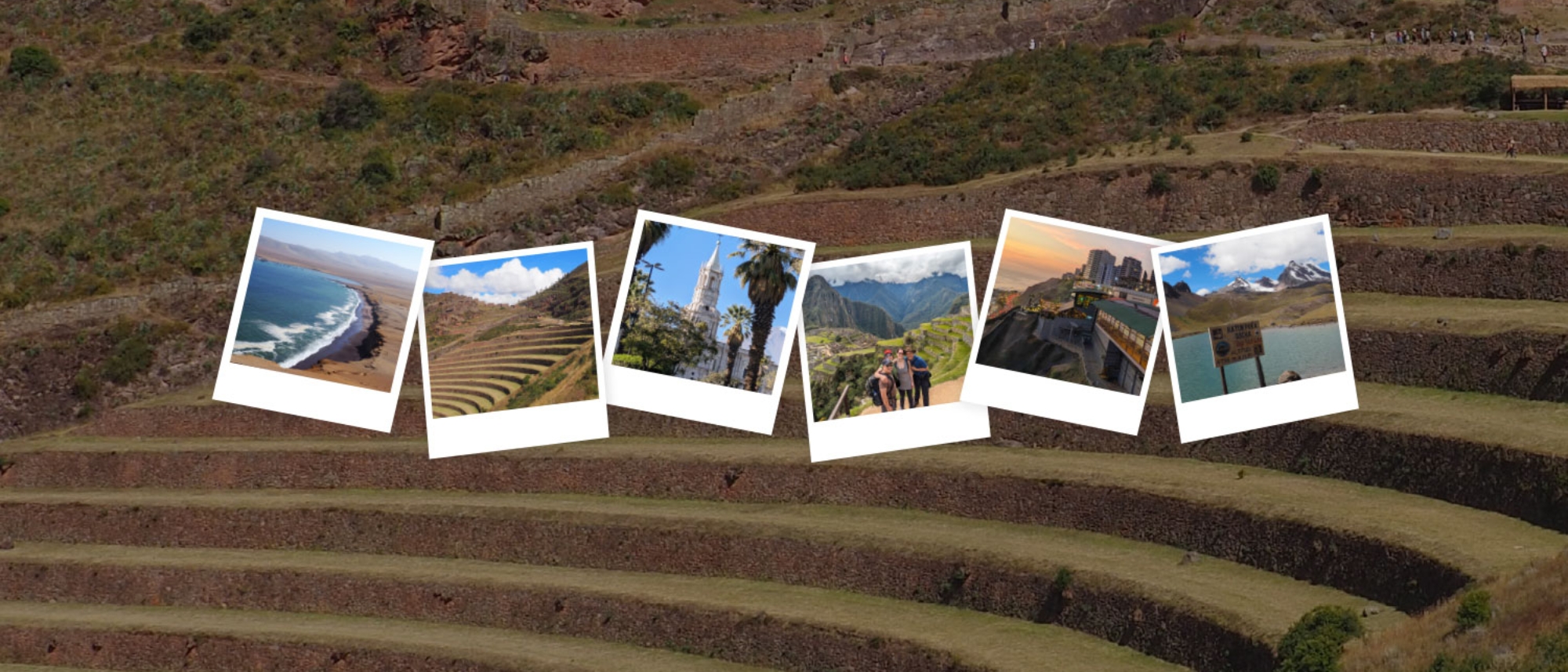
Status: Away - Peru
From the inspiring peaks of the Andes to the stunning archaeological sites of the Inca Empire, Peru surprises from north to south.
Laurent K., from the Air Canada Vacations team, recently visited Peru for 14 days, and he’ll be sharing his itinerary, as well as some insider tips for making the most out of your trip to the Land of the Incas.
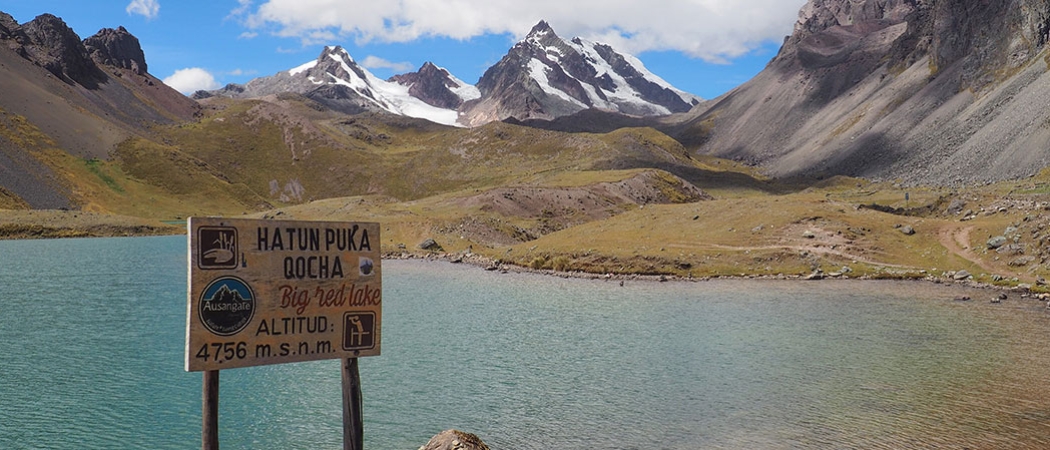
Quick Tips:
- Start in Cusco so you can hike and enjoy the mountain views at full strength
- Medication for altitude sickness is a must
- Read up on local history to make the most out of the Inca sites
- Book your Machu Picchu ticket at least 3 months in advance
- Pack a reusable water bottle with filters for viruses and lead
Staff picks:
- Kusykay in Cusco serves up delicious local dishes, like aji de gallina (spicy chicken stew) and alpaca loin
- Tío Darío in Arequipa offers spectacular views of the volcano from its terrace alongside sumptuous seafood
- Be sure to try the Chinese and Japanese Peruvian fusion foods, known as chifa and nikkei
We took a direct overnight flight from Montreal in May during Peruvian autumn, which is the perfect time to visit because there aren’t too many tourists, and the weather is ideal for hiking. At night, it would drop below 10, but for the most part it was quite warm, and flowers were still in bloom.
Most itineraries will tell you to head south from Lima and make your way down to Cusco, but I recommend you do the opposite. When you start your trip in Cusco, you get to acclimatize to the higher elevations immediately and experience the hiking trails and Inca sites at full strength. From there, as you head back north, the elevation decreases so it’s easier to deal with.
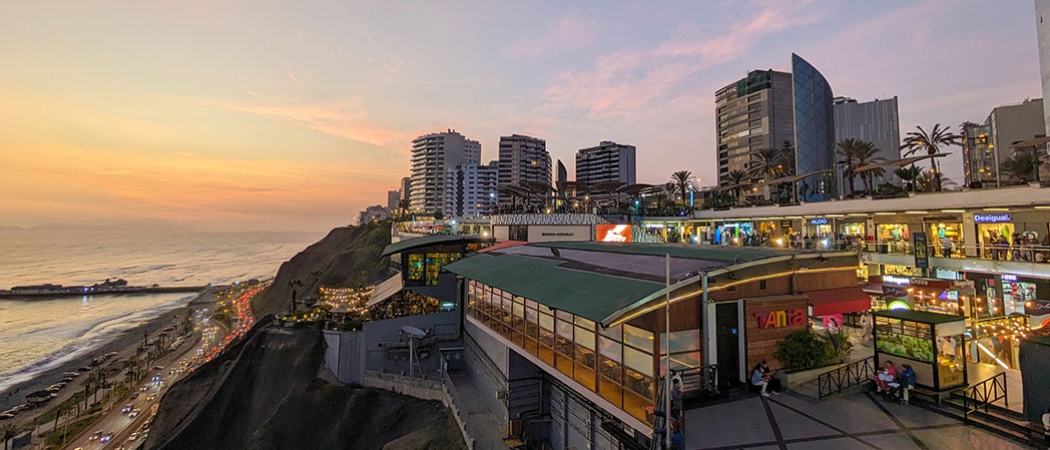
Days 1–2: Lima
We spent our first two days in Peru exploring the capital before our trip to the mountains. We really enjoyed the Barranco arts district for its museums. There’s a lot to do here because Lima is just so big. I’d recommend using a rideshare app to get around as the local bus systems can be confusing.
Another highlight was the historic Plaza de Armas which is surrounded by different landmarks, like the Cathedral and government palaces. While you’re here, you should check out the nearby Chinatown. Chinese food is so engrained in Peruvian culture that it’s considered an indistinguishable part of its cuisine.
At the end of our second day, we took a local flight to Cusco, since it’s only an hour by plane.
Days 3–5: Cusco
Cusco was once the capital of the Inca Empire, so it’s the best home base for you to explore its history from. We started our visit at Sacsayhuamán, which is this ancient citadel 30 minutes from the city centre. It’s a must-see for any visit; the stonemasonry is superb. Each of the stones used to build its walls and terraces are cut and placed so precisely that you can’t even fit your finger between the cracks—and they did all of this without the wheel.
The Sun Temple is another great site. You learn a lot about the history of the Incas and the impacts of the Spanish conquest. Many of the now ruins were reused by the Spanish. For example, the temple was once covered in gold, but it was stripped, and a church was built over it.
For Cusco itself, the city is very old so don’t expect any skyscrapers, but the San Blas area is very romantic and gives you a great view of the surroundings when you reach the top. I will say the culinary scene here is incredible. I was very impressed with the skill of the local chefs and the way they presented their dishes.
From Cusco, we then took a bus to Ollantaytambo, and then a train to Aguas Calientes, which is the village at the start of the trail leading to Machu Picchu. If you’re up for it, you can also walk to Aguas Calientes via the Inca Trail, but that’s a multi-day hike which we unfortunately didn’t have time for this time.
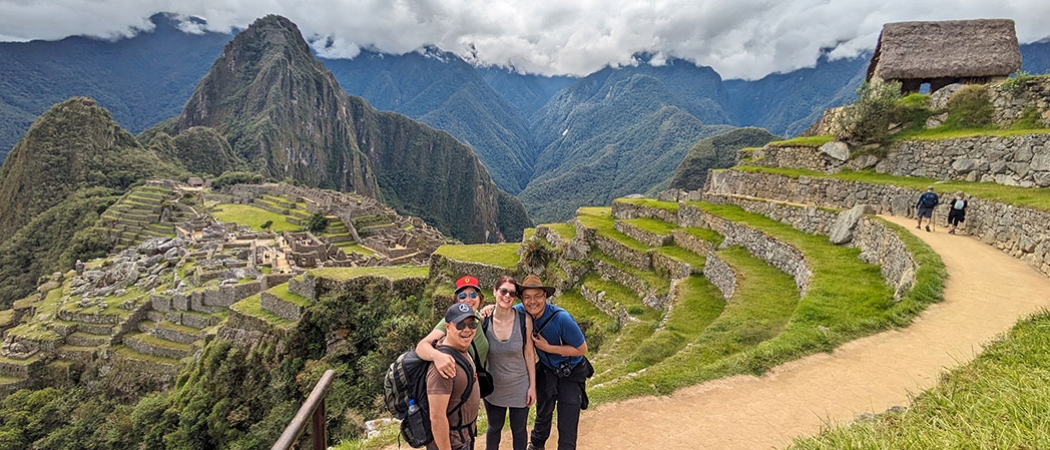
Days 5–8: Aguas Calientes and Machu Picchu
In the morning, we started our hike from our hotel in the village which took us an hour and a half. It’s 4km mostly up stairs and the elevation gain can be pretty intense, so don’t be afraid to take the bus. The elevation of Machu Picchu (2,400m) is actually lower than Cusco (3,400m) so it actually feels easier thanks to the itinerary we took. I’d still recommend taking medications for altitude sickness. You can ask your doctor, or experiment with some local remedies.
Something to keep in mind is that you need to reserve your spot at Machu Picchu at least three months in advance. The site is extremely popular, so the government imposes a quota to protect the area. You can buy tickets for multiple trails in the area; the base ticket gives you access to a 3-hour trail, for example.
Days 8-9 – Cusco and Ausangate
After Machu Picchu, we returned to Cusco for a day hike to Las Siete Lagunas de Ausangate, or the 7 lagoons. Our trip was handled by Alpaca Expeditions, whom I’d strongly recommend.
We started the day at 4:00 in the morning with a 3-hour drive to the start of our 14km hike. It’s very intense and you end up 4,700 metres above sea level, and you can really feel the altitude here, which is where the local remedies come in handy. If you’re visiting Peru, a trip to the Andes is an absolute must, as it’s one of the finest experiences the country has to offer. There’s a spiritual mysticism to the mountains; a sense of humility from the sheer scale of everything.
When we got back to town, we took a night bus to Arequipa, which sits at 2,335m.
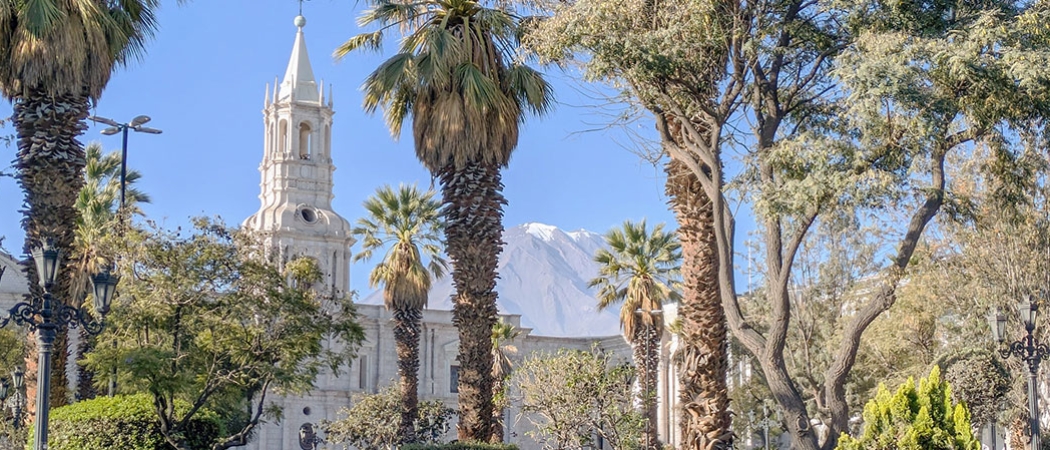
Days 9–10: Arequipa
Arequipa is one of Peru’s hidden gems. It’s technically Peru’s second-largest city by population, but the gap from Lima about 10 million people. Arequipa is also known as the White City, because many of its buildings are made from volcanic white stone.
While here, we mostly explored the city and walked around as we wanted to relax after our week of trekking mountains and ruins.
Some of the sites we visited include the Monastery of Santa Catalina, the Iglesia de la Compania de Jesus, as well as the Plaza de Armas where you can see the spectacular Basilica Cathedral of Arequipa.
We also visited this free museum called Complejo Cultural UNSA. They have a statue of Salvador Dali made from palm trees. The museum is small, but the exhibits are quite interesting.
We also made sure to watch the sunset from our hotel’s rooftop bar. You can see the Misti volcano from anywhere in the city, and it creates quite the impressive backdrop.
In the evening, we took a night bus to the desert city of Ica.
Days 11–12: Ica
Ica is said to be a must-see because it’s built around an oasis, but it’s been invaded by tourists and influencers. During the day, you can go surfing in the dunes, but at night it’s just non-stop parties with nothing else going on.
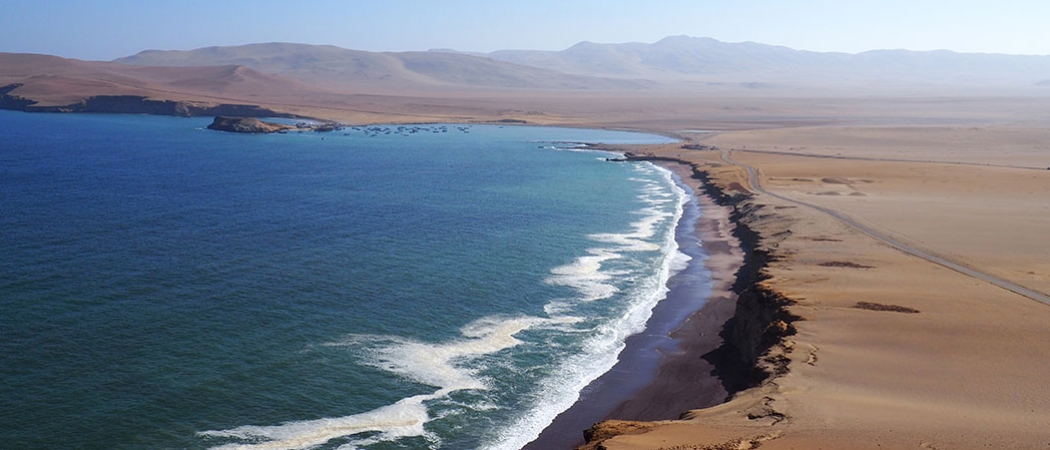
Day 13: Paracas
In the morning, we took a bus from Ica to Paracas, which is home to the stunning Reserva Nacional de Paracas. There’s a great coastline with some beaches you can visit and relax on, and the view is simply stunning from the shore.
Day 14: Lima
Our last day in Peru was spent relaxing, packing and exploring the rest of the city, before heading back home to Montreal. After almost two weeks of high-altitude living, it was nice to return to normal elevations.
Plan your Peru trip
Learn more about Peru
Shop Peru tour packages
